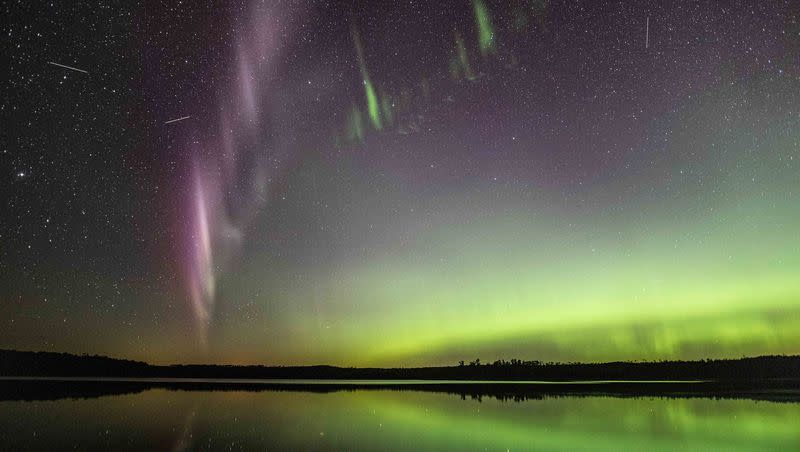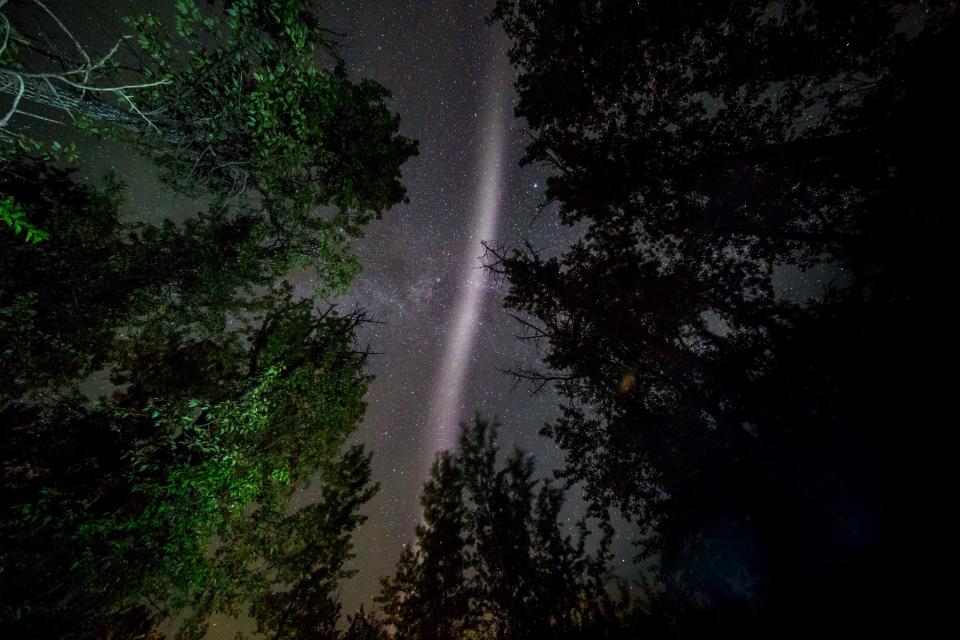‘STEVE’ — the beautiful and commonly misunderstood cosmic phenomenon

“STEVE,” a cosmic phenomenon that some are calling a distant cousin to the northern lights, could have an increase in sightings in upcoming years, according to scientists.
Originally named after the mysterious hedge in the children’s animated film “Over the Hedge” by aurora photographer Chris Ratzlaff, scientists later gave the name an acronym standing for “strong thermal emission velocity enhancement.”
The lights are most commonly seen in Canada, Australia, New Zealand and the United States. Those who have witnessed STEVE in the night sky will get a visual of a bright purple ribbon accompanied by a green picket fence-like light show.
In an interview with Michigan Live, Mike Murray, program director and astronomer at the Delta College Planetarium, explained that there is still a lot unknown about STEVE:
“STEVE is now understood to be an atmospheric phenomenon caused by superheated gases about 280 miles up. Murray notes that typical auroras occur much lower in altitude. STEVE could be a flood of high-energy electrons flowing into the ionosphere. The friction of these electrons with the atmosphere superheats the air molecules into a plasma. The electrons are likely moving at 10,000 mph to 15,000 mph,” Murray said.
Related
STEVE is seasonal and happens predominately around equinoxes. Although it has gained more attention in the last few years, one of the most well-documented instances of STEVE happened in 1891.
On Sept. 11, 1891, across Ireland and the United Kingdom, the phenomenon was described as “a luminous band stretching from the eastern horizon to the west … like a straight tail of a large comet,” per Explorersweb.
Amateur photographer and citizen-scientist Donna Lach said you don’t have to be a specialist to contribute to research on STEVE. Other citizen-scientists, like Lach, share their sitings of STEVE on websites like Aurorasaurus, that allow people to compare their images of STEVE and connect photographers with scientists.
According to The Washington Post, “Solar activity is expected to be on the rise over the next few years, researchers say, so there could be good opportunities for the public to spot STEVE.”
Because few are aware of STEVE, people often confuse it with Aurora Borealis, often called “northern lights.” According to the Post, “It appears about 30 minutes after the aurora begins to brighten. Lach said she finds STEVE by looking off the western edge of the aurora. STEVE can be blocked out by a bright aurora, though, especially if it’s close to it.”


